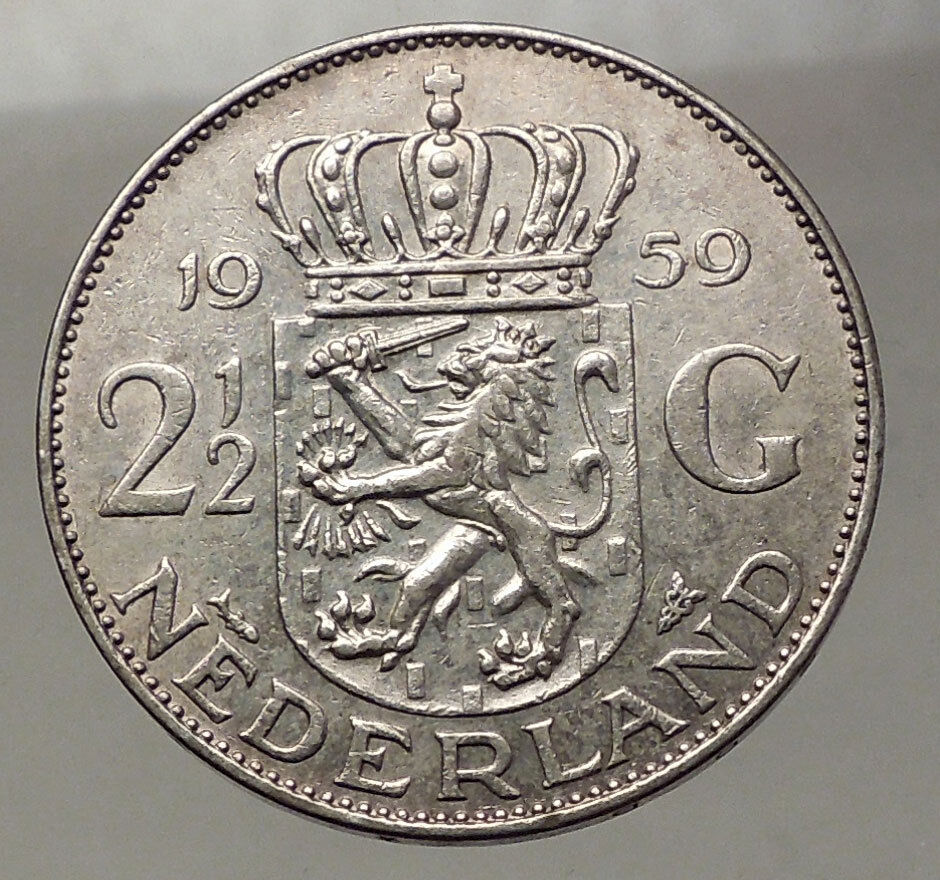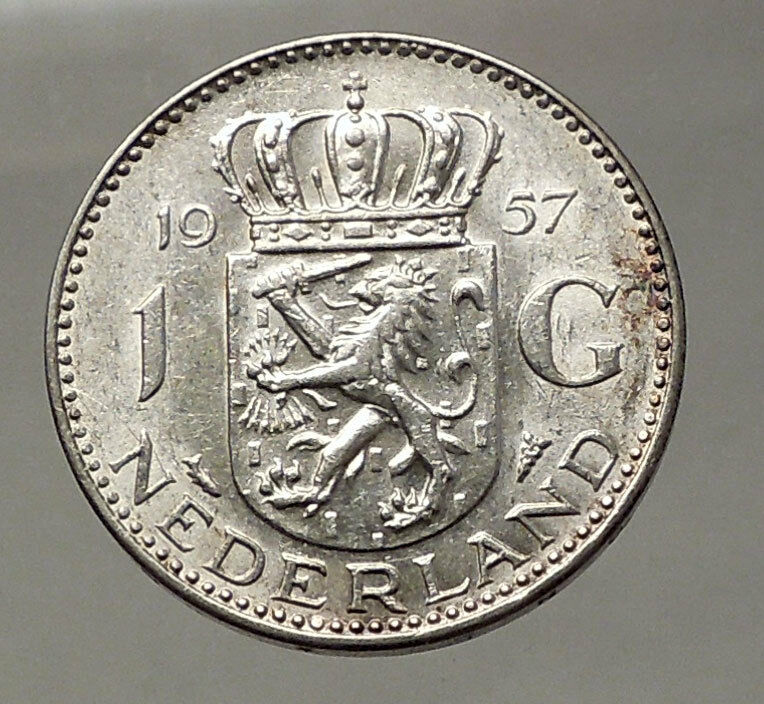|
Netherlands under Felipe V – King of Spain: 1 November 1700 – 15 January 1724
1709 Copper Liard 24mm (2.82 grams)
Reference: KM# 2 (1709-10)
PHIL. V. D: G. HISPANIAR. ET. INDIARUM. REX., Three shields with arms of Austria, Burgundy and Brabant around a crowned firesteel (briquet).
DUX. BURGUND. BRABAN Z 17 10, Crowned shield with Philip’s arms in ten parts.
You are bidding on the exact item pictured, provided with a Certificate of Authenticity and Lifetime Guarantee of Authenticity.
 Philip V (Spanish: Felipe; 19 December 1683 – 9 July 1746) was King of Spain from 1 November 1700 to 14 January 1724, and again from 6 September 1724 to his death in 1746. Philip instigated many important reforms in Spain, most especially the centralization of power of the monarchy and the suppression of regional privileges, via the Nueva Planta decrees, and restructuring of the administration of the Spanish Empire on the Iberian peninsula and its overseas regions. Philip V (Spanish: Felipe; 19 December 1683 – 9 July 1746) was King of Spain from 1 November 1700 to 14 January 1724, and again from 6 September 1724 to his death in 1746. Philip instigated many important reforms in Spain, most especially the centralization of power of the monarchy and the suppression of regional privileges, via the Nueva Planta decrees, and restructuring of the administration of the Spanish Empire on the Iberian peninsula and its overseas regions.
Philip was born into the French royal family as Philippe, Duke of Anjou. He was the second son of Louis, Grand Dauphin, who was the son and heir-apparent of King Louis XIV. The Grand Dauphin had the strongest genealogical claim to the Spanish throne held by his maternal uncle, King Charles II. However, since neither the Grand Dauphin nor his eldest son, Louis, Duke of Burgundy, could be displaced from the succession to the French throne, King Charles named the Duke of Anjou as his heir-presumptive in his will. He ascended the Spanish throne in 1700 as King Philip V.
Philip was the first member of the House of Bourbon to rule as King of Spain. It was well known that the union of France and Spain under one monarch would upset the balance of power in Europe, and that other European powers would take steps to prevent it. Philip’s accession in Spain provoked the 13-year War of the Spanish Succession, which continued until the Treaty of Utrecht forbade any future possibility of unifying the French and Spanish crowns while confirming his accession to the throne of Spain. It also removed the Spanish Netherlands and Spanish-controlled Italy from the Spanish monarchy. In 1724, Philip abdicated in favor of his eldest son, Louis. The new king died later that year, and Philip took the throne again. Suffering from depression, he fell under the control of his second wife, Elisabeth Farnese. When he died in 1746, he was succeeded by his son Ferdinand VI.
.svg/220px-Kingdom_of_the_Netherlands_(orthographic_projection).svg.png)  The Kingdom of the Netherlands, commonly known as the Netherlands, is a sovereign state and constitutional monarchy with territory in western Europe and in the Caribbean. The Kingdom of the Netherlands, commonly known as the Netherlands, is a sovereign state and constitutional monarchy with territory in western Europe and in the Caribbean.
 The four parts of the Kingdom – Aruba, Curaçao, Sint Maarten and the Netherlands – are constituent countries (landen in Dutch) and participate on a basis of equality as partners in the Kingdom. In practice, however, most of the Kingdom affairs are administered by the Netherlands – which comprises roughly 98% of the Kingdom’s land area and population – on behalf of the entire Kingdom. Consequently, the countries of Aruba, Curaçao, and Sint Maarten are dependent on the Netherlands for matters like foreign policy and defence, although they are autonomous to a certain degree with their own parliaments. The four parts of the Kingdom – Aruba, Curaçao, Sint Maarten and the Netherlands – are constituent countries (landen in Dutch) and participate on a basis of equality as partners in the Kingdom. In practice, however, most of the Kingdom affairs are administered by the Netherlands – which comprises roughly 98% of the Kingdom’s land area and population – on behalf of the entire Kingdom. Consequently, the countries of Aruba, Curaçao, and Sint Maarten are dependent on the Netherlands for matters like foreign policy and defence, although they are autonomous to a certain degree with their own parliaments.
The vast majority in land area of the constituent country of the Netherlands (as well as the Kingdom) is located in Europe, with the exception of the Caribbean Netherlands: its three special municipalities (Bonaire, Saba, and Sint Eustatius) that are located in the Caribbean. The constituent countries of Aruba, Curaçao, and Sint Maarten are located in the Caribbean as well.
|





 Philip V (Spanish: Felipe; 19 December 1683 – 9 July 1746) was King of Spain from 1 November 1700 to 14 January 1724, and again from 6 September 1724 to his death in 1746. Philip instigated many important reforms in Spain, most especially the centralization of power of the monarchy and the suppression of regional privileges, via the Nueva Planta decrees, and restructuring of the administration of the Spanish Empire on the Iberian peninsula and its overseas regions.
Philip V (Spanish: Felipe; 19 December 1683 – 9 July 1746) was King of Spain from 1 November 1700 to 14 January 1724, and again from 6 September 1724 to his death in 1746. Philip instigated many important reforms in Spain, most especially the centralization of power of the monarchy and the suppression of regional privileges, via the Nueva Planta decrees, and restructuring of the administration of the Spanish Empire on the Iberian peninsula and its overseas regions..svg/220px-Kingdom_of_the_Netherlands_(orthographic_projection).svg.png)
 The Kingdom of the Netherlands, commonly known as the Netherlands, is a sovereign state and constitutional monarchy with territory in western Europe and in the Caribbean.
The Kingdom of the Netherlands, commonly known as the Netherlands, is a sovereign state and constitutional monarchy with territory in western Europe and in the Caribbean. The four parts of the Kingdom – Aruba, Curaçao, Sint Maarten and the Netherlands – are constituent countries (landen in Dutch) and participate on a basis of equality as partners in the Kingdom. In practice, however, most of the Kingdom affairs are administered by the Netherlands – which comprises roughly 98% of the Kingdom’s land area and population – on behalf of the entire Kingdom. Consequently, the countries of Aruba, Curaçao, and Sint Maarten are dependent on the Netherlands for matters like foreign policy and defence, although they are autonomous to a certain degree with their own parliaments.
The four parts of the Kingdom – Aruba, Curaçao, Sint Maarten and the Netherlands – are constituent countries (landen in Dutch) and participate on a basis of equality as partners in the Kingdom. In practice, however, most of the Kingdom affairs are administered by the Netherlands – which comprises roughly 98% of the Kingdom’s land area and population – on behalf of the entire Kingdom. Consequently, the countries of Aruba, Curaçao, and Sint Maarten are dependent on the Netherlands for matters like foreign policy and defence, although they are autonomous to a certain degree with their own parliaments.




